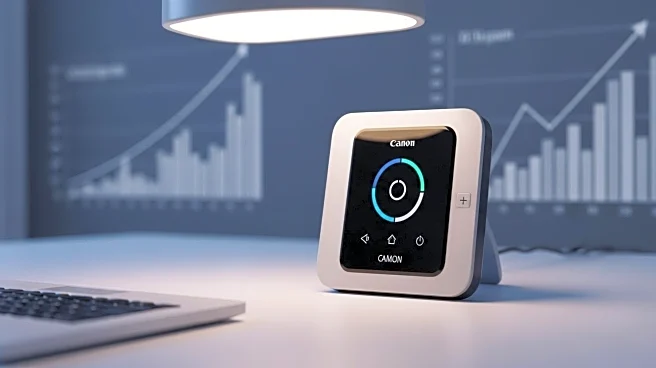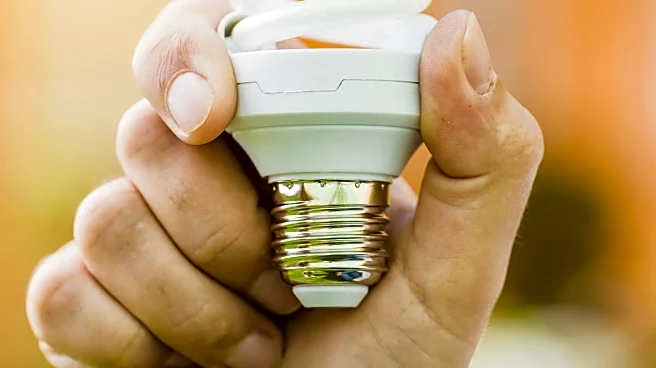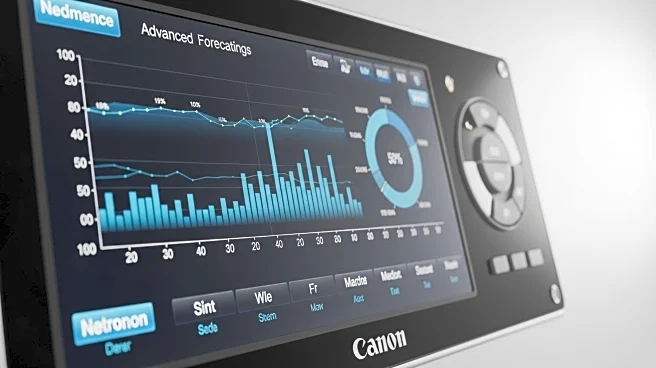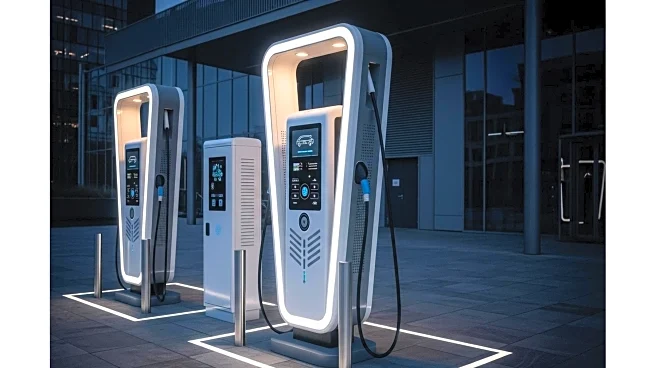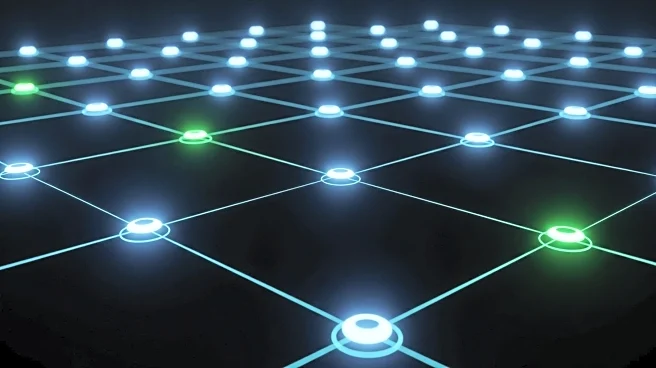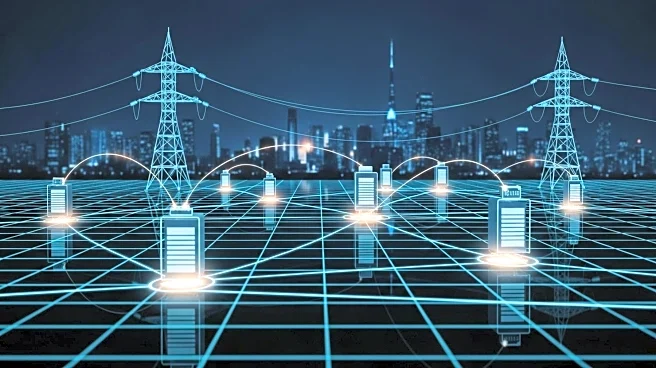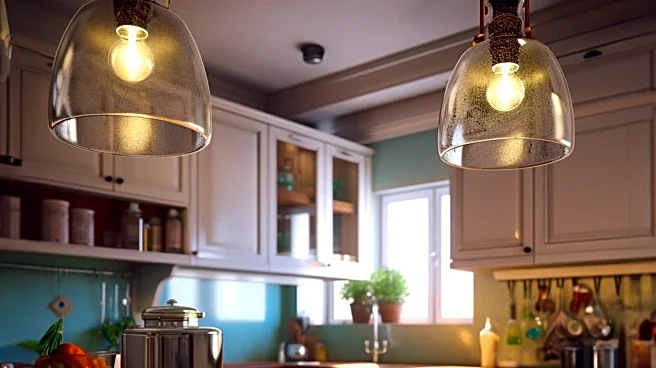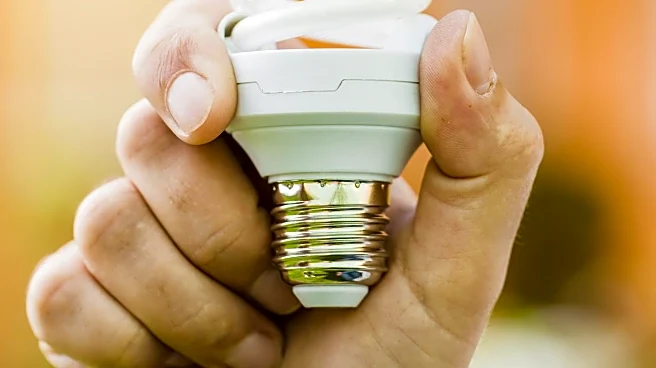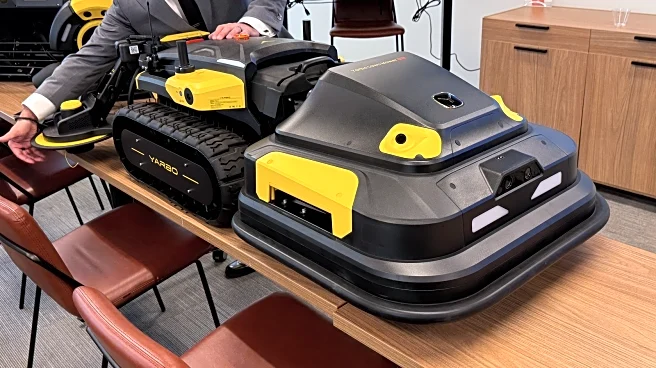What's Happening?
As energy prices continue to rise in the U.S., experts are weighing in on the best practices for using air conditioning efficiently. Smart thermostats are highlighted as a tool that can help reduce energy consumption by adjusting temperatures based on occupancy. These devices can potentially save up to 10% on heating and cooling costs annually. The debate centers around whether to keep the AC on or off when away from home, with experts suggesting that setting the thermostat a few degrees higher while away can balance energy efficiency and comfort. Factors such as climate, type of AC unit, and home insulation play significant roles in determining the most cost-effective approach.
Why It's Important?
The discussion on smart thermostats and energy efficiency is crucial as electricity costs have risen significantly, impacting household budgets. With air conditioning accounting for a substantial portion of energy consumption, optimizing its use can lead to significant savings. Smart thermostats offer a solution by automating temperature adjustments, reducing the need for manual intervention and potentially lowering energy bills. This technology is particularly beneficial in less insulated homes where frequent adjustments can prevent rapid temperature increases. As energy prices climb, adopting smart thermostats could be a practical step for consumers looking to manage costs effectively.
What's Next?
Homeowners may consider investing in smart thermostats to enhance energy efficiency and reduce costs. As awareness grows, manufacturers might innovate further, offering more advanced features and integrations. Additionally, public policy could evolve to incentivize the adoption of energy-saving technologies, potentially leading to broader market penetration. Consumers are likely to explore other energy-saving measures, such as improved insulation and strategic use of blinds and fans, to complement the benefits of smart thermostats.
Beyond the Headlines
The adoption of smart thermostats could have broader implications for energy consumption patterns and environmental impact. By reducing energy usage, these devices contribute to lower carbon emissions, aligning with sustainability goals. Furthermore, the integration of smart technology in homes reflects a shift towards more connected and automated living environments, potentially influencing future home design and construction standards.
